- Home
- Advertising
- The most innovative CMOs in the world - The Integrators
The most innovative CMOs in the world - The Integrators
Lisa Baird, US Olympic Committee

Linda Boff, GE
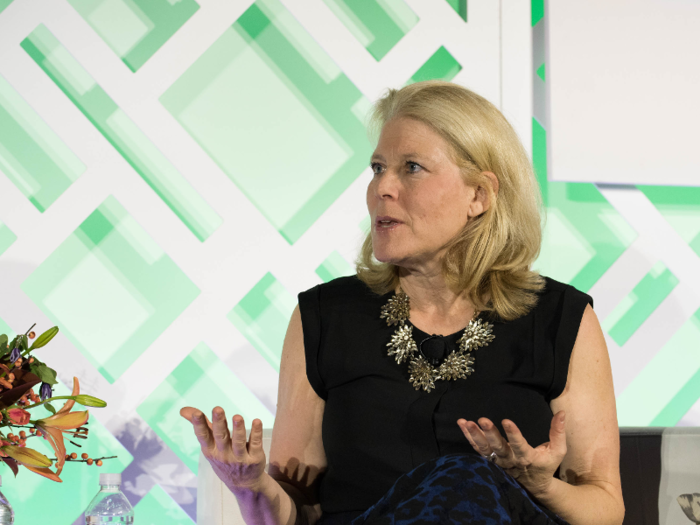
Boff was promoted to the CMO role in 2015, having served as GE's executive director of global digital marketing.
Passionate about concepts that "fuse content, design, and technology," Boff aims to inject the company with the "energy of a Silicon Valley startup." Boff is leading GE's efforts to rebrand itself as a digital industrial company, reflecting the extensive reshaping of the 124-year-old giant under CEO Jeff Immelt.
That has led to notable campaigns such as "What's the Matter with Owen?" Comical and self-deprecating, the ads feature a young developer named Owen who shocks everyone by working at GE. Its video series "The Impossible Mission" turned to GE's research to debunk popular phrases such as "snowball's chance in hell."
Another standout: its sci-fi podcast, "The Message," a joint venture of GE Podcast Theater and Slate's Panoply podcast network, which told the fictional tale of a protagonist cracking the mystery of a 70-year-old message from outer space. GE's encryption technology is worked into the storyline but is barely noticeable to fans, who loved the storytelling enough to make it a No. 1 hit on iTunes.
Beth Comstock, former GE CMO and now the company's vice chair, has described Boff as "one of the most innovative and forward-thinking marketers in the business," with an "extensive background in integrated marketing, digital media, and brand."
Last year, Boff won Mashable's Individual Digital Marketing Innovator of the Year award, and this year she was recognized as US Chief Digital Officer of the Year by the CDO Club.
Emily Culp, Keds
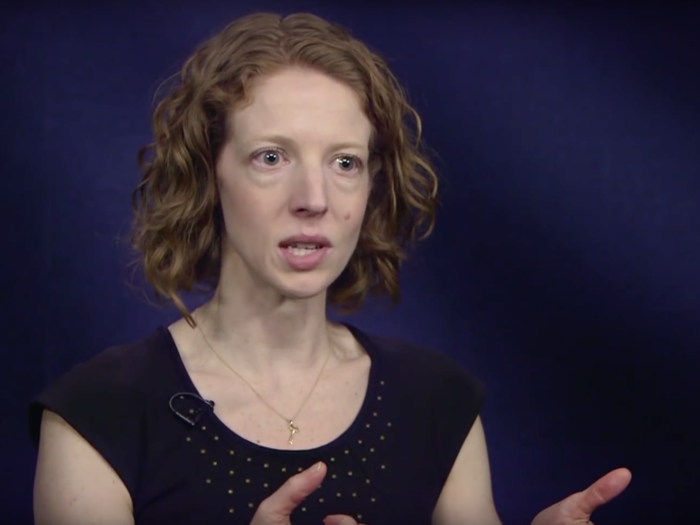
Culp joined Keds USA in July 2015 and quickly set to work on bringing its global platform "Ladies First Since 1916" to life.
She dived into launching a global online, outdoor, and print campaign starring Taylor Swift that was all about female empowerment.
Culp told PR Week sales improved in the US by 20% and internationally by 50% as a result of the campaign. Meanwhile, e-commerce sales grew over 35%, and the brand's Instagram following increased by 50%.
As part of the push, Culp formed the "Keds Collective," which comprises eight female entrepreneurs from the art, fashion, and technology businesses.
This year, she was named one of Adweek's Vital Leaders in Tech, Media, and Marketing.
Julia Goldin, Lego
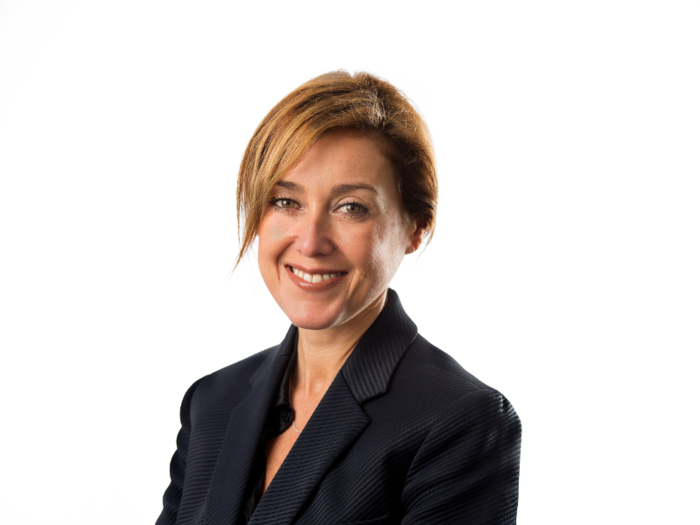
Goldin became Lego's CMO in 2015. Before that, she held senior marketing roles at Revlon and Coca-Cola.
In an interview at Dmexco this year, Goldin said the act of building powers all of Lego's marketing.
"Lego starts with a very clear mission — to inspire and develop the builders of tomorrow," she said. "We're very clear about this mission, and everything starts there. So when we innovate we start with that core experience. The key thing is to be very focused on the experiences you want to deliver and make sure you're not becoming a slave to the platform."
An example of this is the way in which Lego has cultivated a community of skilled adult fans on YouTube, a group it calls the AFOL — adult fans of Lego. Lego consults AFOL for advice on the types of products it should launch next, some of which the fan community even helps create.
2015 was a standout year for Lego, featuring co-branded toys with "Star Wars" and "Frozen," plus new products like its "Lego Dimensions" video game. These helped grow revenues by 25% year-on-year, to $5.33 billion, and increase profits by 31%, to $1.4 billion.
Seth Kaufman, PepsiCo
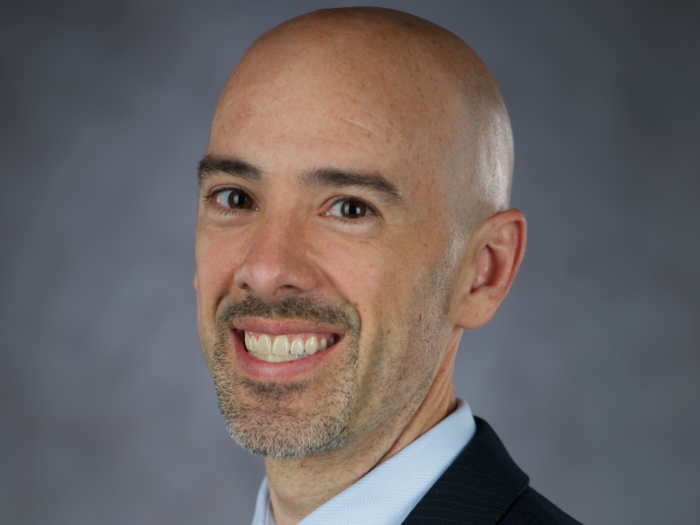
Kaufman stepped into the CMO role in October last year. He was previously SVP of the company's Pepsi and flavors portfolio.
Kaufman led the company's Super Bowl activity this year, which included Pepsi's fourth year sponsoring the halftime show — with performances from Coldplay and& Beyoncé — as well as TV spots featuring Donald Faison, known for his role as Turk in "Scrubs."
Mountain Dew also returned to the Super Bowl after a 15-year hiatus with a surreal "Puppy Monkey Baby" spot that split viewers' opinions. The #PuppyMonkeyBaby hashtag had four times as many social mentions than any other advertiser hashtag during the big game.
Speaking to Digiday, Kaufman explained some of his department's unusual techniques to foster creativity, such as its quarterly "Fast Pitch" program, its in-house "Creator" team focused on testing new marketing technologies, and its "Marketing Mavens" awards that "celebrate the biggest failures in the marketing department" each year.
"If you're thinking about cultivating creativity, you have to look at failure as not something bad but something you can learn from," he said. "It helps a lot of the junior talent in getting more comfortable to share their ideas."
Alison Lewis, Johnson & Johnson
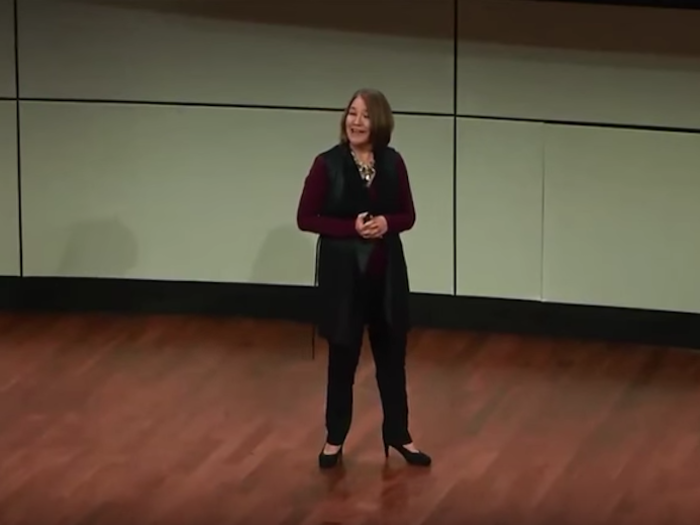
Lewis has served as the global CMO of Johnson & Johnson since 2013, presiding over an estimated $2.5 billion in global marketing spend across brands including Johnson's, Neutrogena, and Carefree.
Her biggest task has been to unite J&J's brands globally across different business units. To meet that challenge, she created a branding framework so that the company's global marketing team of 400 people follows the same six-step process.
An example of Lewis' connected approach is Neutrogena this year, when the brand was looking to introduce new foundations for women of color, as Adweek reported.
The brand communicated directly with consumers who had complained about its lack of products in this area and invited them to chat on FaceTime with actress and Neutrogena ambassador Kerry Washington. Lewis said the work showed that Neutrogena "really listens" and "really cares" for its consumers, according to Adweek.
Rebecca Messina, Beam Suntory
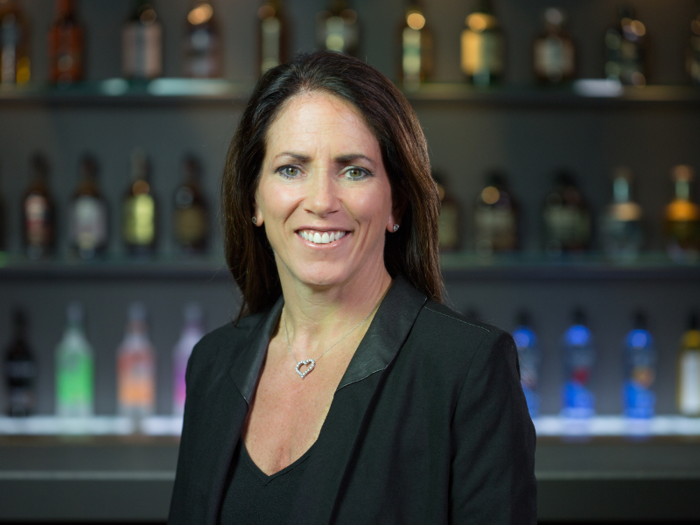
After two decades at Coca-Cola, Messina joined Beam Suntory in April and threw herself straight into the global creative review for the Jim Beam brand, which we are told is all about tightly integrating the media channels.
Messina just hired a VP of integrated marketing communications, tapping another Coca-Cola veteran, David Campbell, for the new role. It represents another example of how Messina is placing integration at the heart of Beam Suntory's marketing strategy.
Messina told Forbes in April she was attracted to the company by its offer of "a holistic, end-to-end approach to marketing and their view of the connectedness of marketing to the growth agenda."
While at Coca-Cola, she most recently led marketing and innovation for its venturing and emerging brands unit. In that role, Messina led the introduction of new brand investments, such as Suja Life, to Coca-Cola's portfolio.
Geoff Morrell, BP
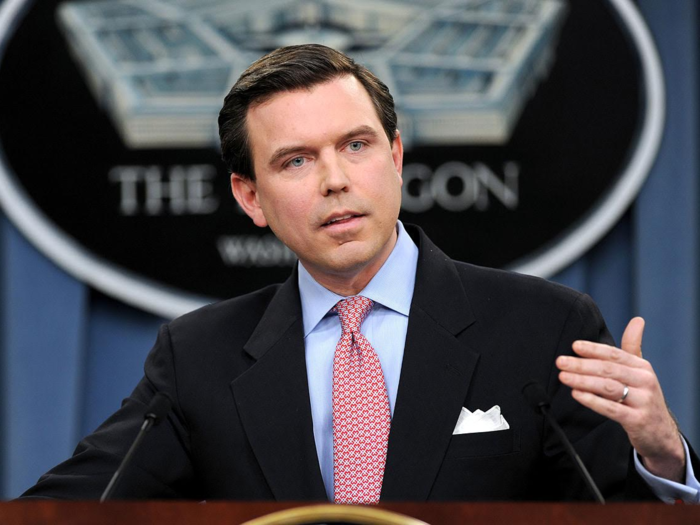
BP is still in the recovery phase after the 2010 Deepwater Horizon disaster.
Morrell, who spent four years as the press secretary at the Pentagon, has led BP's long-running advertising campaign in the US to answer the question of whether the company has honored its commitment to become safer. Morrell has said BP has used advertising to be a report card on its progress since 2010.
The campaign launched amid a protracted downturn in the oil market and in the midst of the reputational challenges posed by book publishers and Hollywood studios telling their own stories about the spill.
Elsewhere, BP has been using sponsorships — of the Olympics and British cultural institutions such as the British Museum and the annual Portrait Award — to further explain the brand story to consumers.
Morrell joined BP in 2011 as its head of communications. Before his career at the Pentagon, he was a correspondent for ABC News.
Diana O'Brien, Deloitte Services LLP
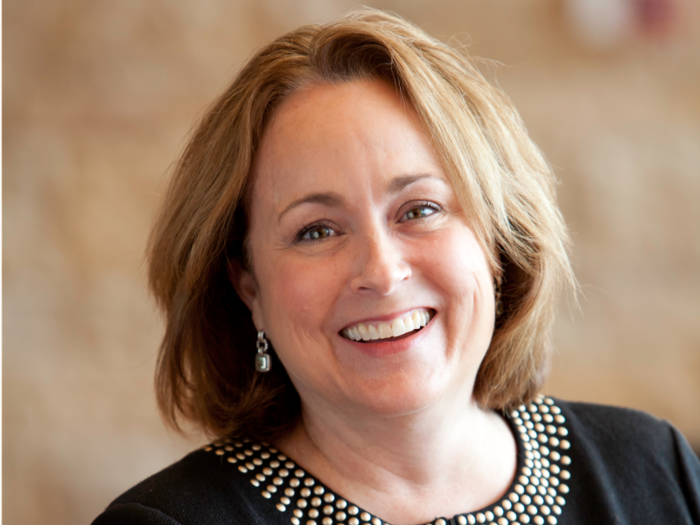
O'Brien became Deloitte LLP's first chief marketing officer in 2015. She has worked at the company since 1985.
Her role includes representing Deloitte LLP in the area of thought leadership — such as its CMO Survey — appearing at events, leading the company's market development group, and increasing awareness of the brand through sponsorship.
In September, for example, Deloitte announced its sponsorship of The Wall Street Journal's CMO Today section. In April, Deloitte renewed its sponsorship of the US Olympic and Paralympic teams through the Rio 2016, PyeongChang 2018, and Tokyo 2020 games.
O'Brien also led the launch of cmo.deloitte.com, a platform that offers marketers technology and industry insights so they can keep on top of the latest trends.
Outside of her work at Deloitte, O'Brien is the chairman and founder of Impact Autism, a charity that supports people with autism and their families.
Miguel Patricio, AB Inbev
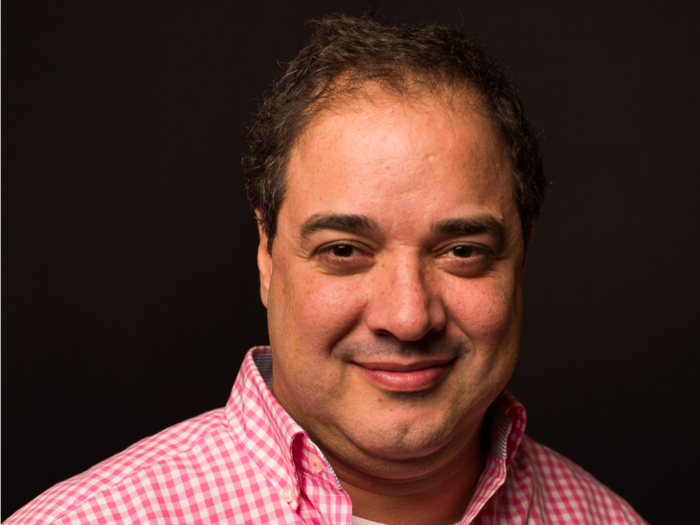
Patricio has served as AB InBev's global chief marketing officer since 2012. His big task at the moment is working into integrate SABMiller, which the company acquired in October for more than $100 billion. The deal expands its portfolio of brands such as Budweiser and Stella Artois to include Pilsner Urquell and Fosters.
Two of the campaigns he has overseen are very much of the moment. The flagship Budweiser brand replaced its name with "America" on its cans and bottles through Election Day. The Bud Light brand is focusing on its Bud Light x Lady Gaga Dive Bar Tour and its NFL sponsorship, which has included limited-edition cans.
Last year, Patricio appointed Wieden+Kennedy to both its global Corona and Bud Light accounts, highlighting the integrated approach the alcohol company applies across its brands.
Patricio is the champion of the company's global "Buy a Lady a Drink" campaign, designed to draw attention to the millions of people around the world, most of them women, who suffer from lack of access to clean water.
Marc Pritchard, Proctor & Gamble
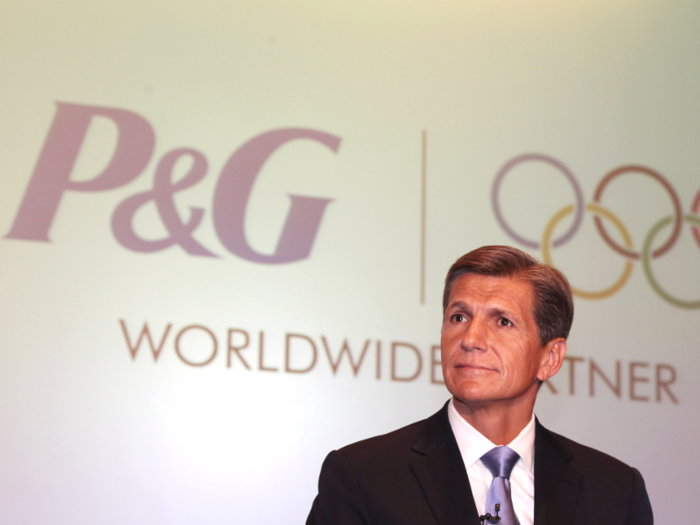
Pritchard has been P&G's top global marketing and brand building officer since 2008, but recently he has been transforming the marketing function at the world's largest advertiser and creating the type of model that other brands are looking to emulate.
He has led P&G's move to be smarter about spending, cutting $500 million of agency costs to reinvest some of those savings into new innovations. In September, Pritchard appointed former Mondelez executive Gerry D'Angelo to a newly created role of global media director to lead this charge and make its media spend more efficient.
In August, Pritchard said P&G took a hard look at its digital advertising and found "we targeted too much, and we went too narrow," which led to the decision to scale back advertising on smaller websites and to redefine how it looks at the reach and precision of its campaigns. It was a move that led to much chatter within the industry about whether marketers were relying too heavily on targeting with digital ads.
And as the recently appointed chairman of the Association of National Advertisers, Pritchard has been pushing for marketers to get more quality, equality, and transparency from their partners.
Nuno Teles, Heineken
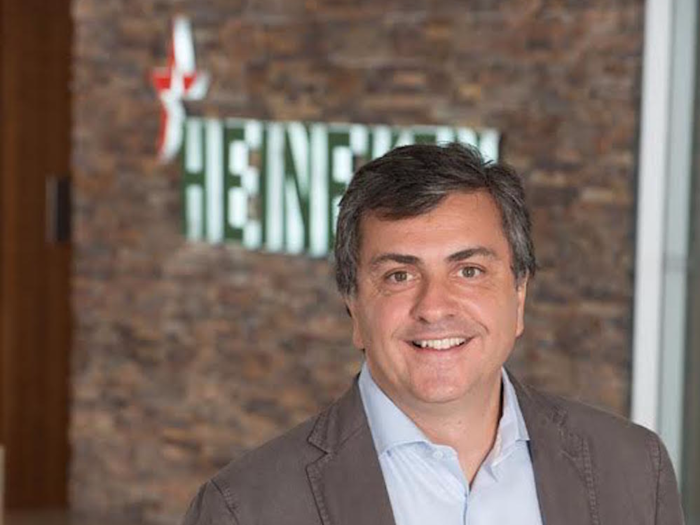
Teles has led Heineken USA's marketing since 2014, managing a portfolio of 11 brands and a budget of more than $200 million.
For the Heineken brand, marketing in the US and beyond is anchored to a core message — "To Live Legendary." But this year, Teles decided to take a break from that with a campaign that brought the brand back to its roots. "There's More Behind the Star" highlighted the brand's heritage and consistent use of its original recipe.
Elsewhere, Don Equis said goodbye to its first "Most Interesting Man in the World" by sending him to Mars and introduced a new man in the role. And Tecate launched an ad titled "Beer Wall" that aired during the first presidential debate and poked fun at Donald Trump's plan to build a wall on the US-Mexico border. It has been viewed more than 50 million times and achieved an 86% positive sentiment score, Heineken says.
Teles told Digiday earlier this year his key focus is using data to understand the millennial drinker — one who isn't necessarily brand-loyal, and tends to gravitate toward craft beer.
For example, Heineken ran tests of digital versus TV ad campaigns for its Desperados tequila-flavored beer that showed TV led to "zero-percent awareness" while digital achieved 23%. As a result, 25% of the brand's total budget is now on digital.
Michelle Wilson, WWE

WWE credits Wilson with transforming the company's approach to its annual signature events. Whereas before they were single-day events, now they're weeklong revenue-generators that attract huge attendances both at arenas and online.
This year WWE expanded into China; its first live event took place in Shanghai in September. Wilson led WWE's partnerships with PPTV and Expo Group in the region.
Wilson has also helped WWE attract sponsorships with brands including Snickers, General Mills, Pepsi, General Motors, Mars, and 7-Eleven — tripling the company's revenue from sponsorship since she joined. She has expanded WWE's involvement with charitable organizations including the Make-A-Wish Foundation and Special Olympics.
Demonstrating her truly multichannel approach, Wilson has been credited with growing WWE's digital subscription service, WWE Network, which had 1.46 million subscribers in the third quarter. A Parks Associates study found that WWE Network had the second-highest Net Promoter Score among major video streaming services in the US, behind only Netflix.
Popular Right Now
Popular Keywords
Advertisement